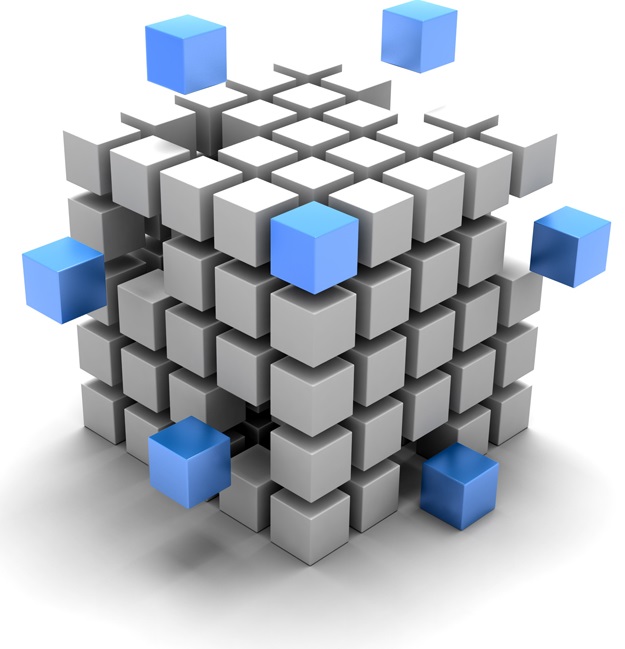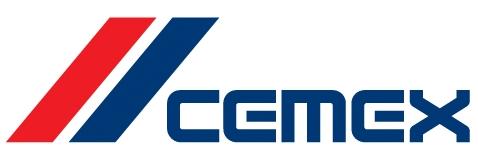It is debatable, if hacking can be ethical or not, the term “Hacking” over time has been associated with destructive activity. These are some of the terms used in the context of hacking which provides better clarity, Hacker is somebody who enjoys learning hacking for a defensive purpose; an ethical hacker is the security professional who exercises his skills for a defensive purpose. The term Cracker refers to a person who uses his hacking skills for destructive purpose. The ethical question here is in regard to the physical activity of hacking which is sometimes hard to differentiate from cracking. The main difference being, Ethical hacker just identifies vulnerabilities and does not exploit them unlike a cracker. Ethical hacking is theContinue reading
Business Information Systems
Transaction Process System – Activities, Objectives and Characteristics
Transaction processing system (TPS), an information system (IS) mostly used by managers in operational management to record internal transactions, economic events that occur within an organization and external transactions where the business event took place outside the organization to make operational decision. TPS supports different tasks by setting a set of rules and guidelines that specify the ways to capture or collect, process and store any transaction in a form of data or information. Transaction Process System Activities Processing business transactions was the first application of computer of most firms. Since the 1950s, Transaction processing system (TPS) have evolved from slow, manual systems to advanced computerized system. TPS, a cross-functional information system were among the earliest computerized systems developed toContinue reading
The Importance of Accounting Information Systems
Generally, the day-to-day running of a business organization comprises several transactions which the firm engages in. As a result, there is a need to always keep the records in a systematic manner for decision-making and for reference. Accounting is a systematic way of recording business transactions. The data of all the transactions are recorded and kept mainly for future use. These data are tracked and recorded in a computer-based system (financial accounting system) to facilitate the accuracy of the data. The main users of the accounting information are the shareholders, creditors, financial analysts, vendors, and government agencies. There are various categories of books and documents in which the accounting information is kept. For instance, the books of original entry whichContinue reading
Online Analytical Processing (OLAP) – Definition, Architecture and Functionality
OLAP Council (1997) define Online Analytical Processing (OLAP) as a group of decision support system that facilitate fast, consistent and interactive access of information that has been reformulate, transformed and summarized from relational dataset mainly from data warehouse into Multi-Dimensional Databases (MDDB) which allow optimal data retrieval and for performing trend analysis. OLAP is an important concept for strategic database analysis. OLAP have the ability to analyze large amount of data for the extraction of valuable information. Analytical development can be of business, education or medical sectors. The technologies of data warehouse, OLAP, and analyzing tools support that ability. Online Analytical Processing (OLAP) enable discovering pattern and relationship contain in business activity by query tons of data from multiple databaseContinue reading
Case Study of Cemex: Incorporating IT into Business
Founded in 1906, Cemex is one of Mexico’s few truly multinational companies, with market-leading operations in Mexico, Spain, Venezuela, Costa Rica, Philippines, Panama, Dominican Republic, Egypt, Colombia, and a significant presence in the Caribbean, Indonesia, and the southwest United States. It is the largest cement company in America and one of the three largest cement companies in the world, with revenues of $4.8 billion and close to 65 million metric tons of production. Cemex and its subsidiaries engage in the production, distribution, marketing, and sale of cement, ready-mix concrete, and related materials. Its strategy includes focusing on cement and concrete products, diversifying globally to cushion against volatility in local markets, developing efficient production and distribution processes, using IT to helpContinue reading
Different Types of Information Systems Used in Different Levels of Management
Information system means by which people and organizations utilize technologies, collect, store use and distribute information. Good information system is used to provide important information for decision making. The information technology may be used for the processing, storing or distribution of data. These technologies collectively include information technology and data. It is an organized combination of people, hardware, software, communications networks, and data resources that stores and retrieves, transform and disseminate information in an organization. Very main functions of information systems is systems analysis and design, that is to say, analyzing a customer’s business condition (or trouble), with deference towards information processing, and designing and implementing an suitable–generally computerized–solution to the difficulty. Information systems professionals who focus in this partContinue reading


